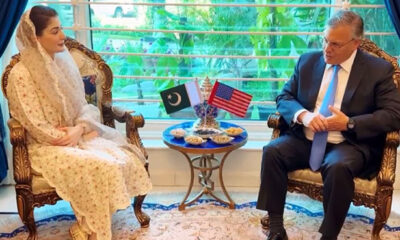Tech
Here is how to hide WhatsApp online status

Latest News
Pakistan launches first-ever lunar mission with iCube Qamar
Latest News
The green colour of WhatsApp ‘angers’ some users.
Latest News
Punjab will provide fifty thousand solar kits.
-

 Latest News2 days ago
Latest News2 days agoPoliovirus discovered in ten additional sewage samples
-

 Business2 days ago
Business2 days agoSee the new rates when Pak Suzuki announces a significant decrease in car costs.
-

 Business12 hours ago
Business12 hours ago“Ten companies express interest in purchasing PIA.”
-

 Latest News2 days ago
Latest News2 days agoUS Ambassador Donald Blome praises Maryam’s portrayal of the Chief Minister of Punjab.
-

 Business1 day ago
Business1 day agoPakistan will host an IMF team in May to discuss a new loan.
-

 Business12 hours ago
Business12 hours agoSupport from the US for Pakistan’s IMF pact
-

 Latest News2 days ago
Latest News2 days agoFO spokesperson: Pakistan will not cede bases to any foreign government.
-

 Latest News1 day ago
Latest News1 day agoNews anchors strongly condemn the incident and demand justice in the wake of the May 9 tragedy.

























